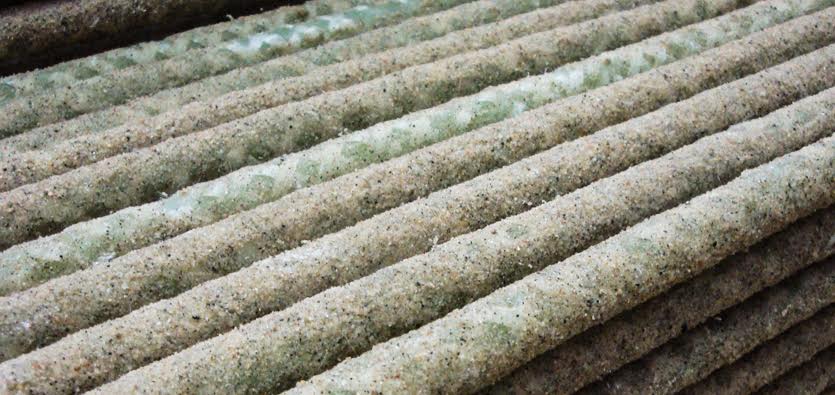
The most significant requirement concerning building and engineering concrete structures include ensuring reliability and safety. These requirements should be met not only during the implementation process but also during the entire lifecycle of a structure. The reliability and safety of the concrete structures are specified depending on their function and the place of their achievement.
The use of advanced composite materials such as GFRP fiberglass rebar can help resolve typical deterioration problems that are associated with conventional steel reinforcement materials. The key advantage of advanced composites, when compared with traditional materials, is their ability to increase the service life of a concrete structure and provide a solid resistance against severe environmental conditions such as corrosive agents, aging, and degradation.
Since FRP composites offer high strength-to-weight ratio and can be customized according to the project requirements, they enable structural engineers to complete a project with great ease. Following are some of the advantages and properties of FRP composites and why they are better than traditional materials:
Design properties
- High capacity of live loads
- Dimensional stability
- Flexible design to help meet structural needs
- Low thermal expansion coefficient
- Aesthetics possibilities
- Non-magnetic and customizable
- Higher resistance against pyrolysis
- Better burn through resistance
Mechanical properties
- High tensile strength
- Better seismic resistance
- Resistance against atmospheric degradation and weathering
- Excellent resistance against freeze-thaw cycles
- Good stiffness to weight ratio
- Resistant to deicing salts
Cost
- Zero or less maintenance cost
- Savings due to rapid project completion
- Lower user cost
- Considerable decline in price
Construction parameters
- Ease of installation
- Less expensive equipment required to handle material
- Reduced transportation and assembly cost
- Reduced traffic delay
- Less labor required in installation process
- Longer service life
FRP composites offer unique and high-demand properties. The construction industry in Canada and across North America needs reinforcement materials that can build sustainable concrete infrastructure and reliably rehabilitate the existing structures.
Disadvantages of traditional materials
One of the most alarming disadvantages of steel is its high maintenance cost because steel structures are susceptible to corrosion when exposed to moisture, salts and other corrosive elements. Following are some the reasons why FRP should be and steel should not be your first choice for your next project:
- Steel has weak resistance against fire or high temperature
- It loses its ductility under certain conditions
- High expansion rate in changing temperature
- Heavy material and thus involve expensive transportation
- Energy intensive to produce
Traditional construction techniques using traditional materials generally involve complexities both in terms of manufacturing and installation. Some of the examples of these complications include traffic inconvenience, delay in the project opening, and environmentally unfriendly construction process. On the other hand, GFRP fiberglass rebar offers faster, easier, safe, and cost-effective manufacturing and installation.
TUF-BAR, as one of the leading manufacturers of fiberglass rebar and accessories, strives to engineer and innovate sustainable construction materials capable of addressing the widespread structural concerns which traditional materials have failed to address. Consult us to know how our GFRP construction products can help you build durable and maintenance-free projects.
